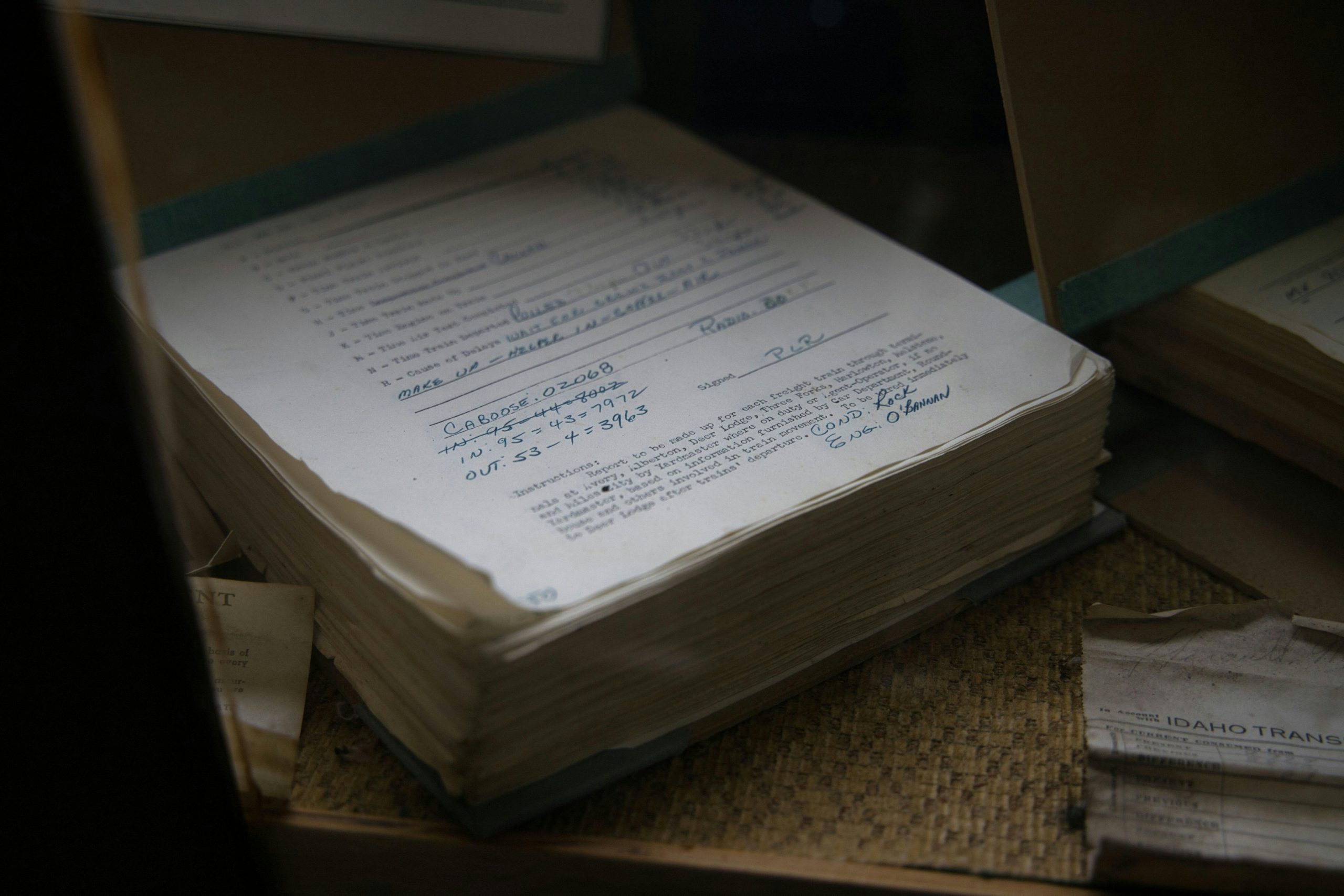Title: Unraveling the Narrative: The Iranian Nuclear Threat and Regional Consequences
In recent discussions surrounding Iran’s alleged nuclear capabilities, a pressing question arises: If Iran’s nuclear weapon was indeed 95% complete, why hasn’t there been any evidence of radiation or fallout? This situation warrants a closer examination of the claims made, particularly by Israel, and the subsequent military actions that followed.
Israel asserts that Iran was on the brink of acquiring a functional nuclear weapon, leading to targeted strikes on key Iranian sites. However, these bombings resulted in no visible destruction tied to a nuclear incident. Remarkably, there have been no reports of radiation leaks or any noticeable impact on regional stability. If there had been an active nuclear threat, one would reasonably expect detectable traces of radiation or fallout—and yet these are conspicuously absent.
The world is equipped with sophisticated seismic, acoustic, and radiation monitoring systems. For instance, North Korea’s underground nuclear tests have been rapidly detected globally, even when the regime attempted to conceal their actions. If something nuclear had transpired in Iran, it is highly likely these monitoring systems would have picked up on it—yet there has been complete silence.
To illustrate the magnitude of nuclear explosions, one can look back at Hiroshima. The bomb dropped there, while much smaller than modern arsenals, nonetheless resulted in unprecedented devastation. It’s worth questioning whether we are overestimating the actual threat from Iran; perhaps there was no nuclear arsenal to be triggered in the first place.
The narrative emerging from Israel may serve more as a strategic maneuver to secure U.S. support rather than a factual representation of Iran’s capabilities. The implications of overstating such threats could be significant, potentially leading the U.S. deeper into conflict without a genuine reason.
As tensions continue to escalate, we hear murmurs of potential Iranian retaliation and the activation of sleeper agents. However, it’s crucial to consider the broader implications of such actions. If there were an incident on U.S. soil that was attributed to Iran, who would stand to gain from this narrative? What stakeholders benefit from further entrenching America in this conflict?
While the situation remains complex and shrouded in uncertainty, it is evident that much of the information presented may require further scrutiny. As we ponder these developments, we must remain vigilant and question the narratives being spun in the name of national security. Something certainly feels off, and it’s essential for informed dialogue to guide our understanding of these intricate geopolitical dynamics.



